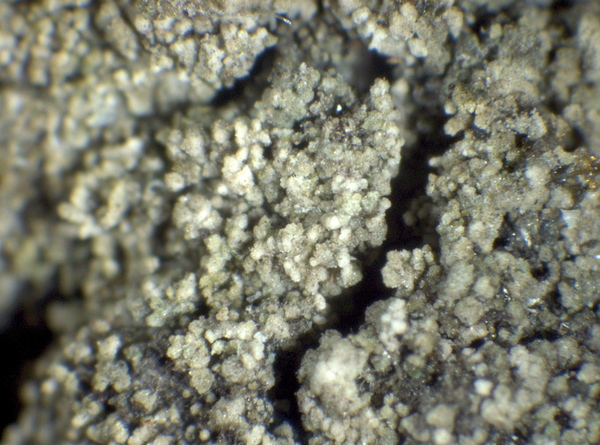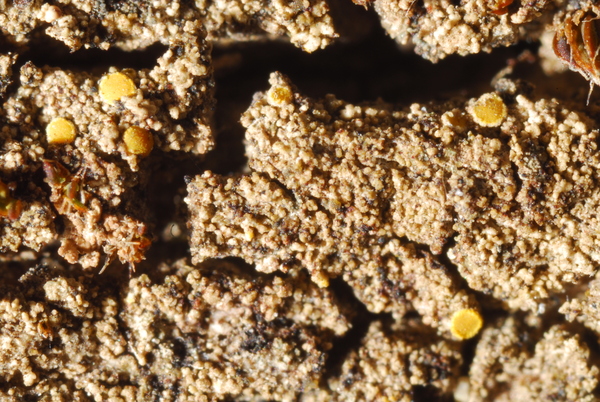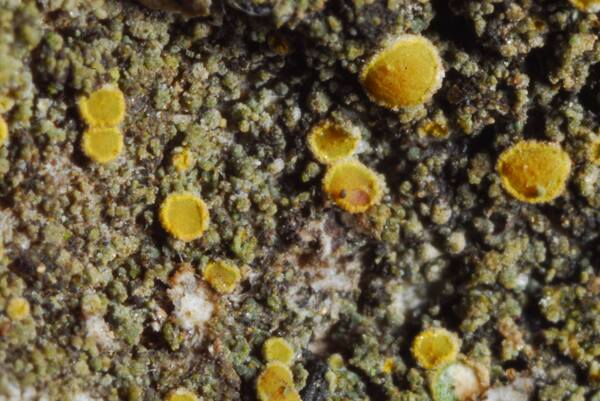Candelariella viae-lacteae G. Thor & V. Wirth
Stuttgarter Beitr. Naturk., ser. A, 445: 2, 1990.
Synonyms:
Distribution: N - Emil (Gasparo & Tretiach 1996, Tretiach 1997, Fariselli & al. 2020). C - Marc (Frati & Brunialti 2006, Panepinto & Tretiach 2014), Umb (Ravera & al. 2006b, Ravera & Puntillo 2014), Mol (Paoli & al. 2011). S - Camp (Ravera & al. 2019a), Pugl (Nimis & Tretiach 1999), Bas (Paoli & al. 2006), Cal (Tretiach 1997, Puntillo 1996, Aragón & Martínez 2002, Ravera & Puntillo 2014), Si (Panepinto & Tretiach 2014).
Description: Thallus crustose, episubstratic, consisting of whitish to pale grey, globose to branched-coralloid, c. 0.07-0.2 mm wide, blastidia-like granules. Apothecia lecanorine, round, slightly constricted at base, 0.3-0.8 mm across, with a slightly concave to finally convex, yellow-pruinose disc, and a slightly crenulated margin which is yellow or grey in outer part, yellow in inner part. Epithecium yellowish, inspersed with dark yellow granules, 5-10 µm high; hymenium colourless, 50-70 µm high, I+ dark blue; paraphyses mostly simple, 2-3 µm thick, the apical cells 3-4 µm wide; hypothecium colourless. Asci 8-spored, clavate, with an apical dome which is I+ blue only in the internal, lower part, interrupted in the centre by an I+ paler blue strip, Candelaria-type. Ascospores 1-celled (rarely a few 1-septate), hyaline, ellipsoid, straight or slightly curved, 13-18 x 4-6 µm. Photobiont chlorococcoid. Spot tests: thallus and apothecia K-, C-, KC-, P-. Chemistry: thallus without lichen substances; apothecia with calycin, pulvinic acid and pulvinic acid-dilactone.Note: a recently-described a mild-temperate lichen which is certainly more widespread in Italy, especially on wayside trees in small settlements. The species, which is easily overlooked being often sterile, is included in the Italian red list of epiphytic lichens as “Data Deficient” (Nascimbene & al. 2013c).
Growth form: Crustose
Substrata: bark
Photobiont: green algae other than Trentepohlia
Reproductive strategy: mainly asexual, by isidia, or isidia-like structures (e.g. schizidia)
Commonnes-rarity: (info)
Alpine belt: absent
Subalpine belt: absent
Oromediterranean belt: absent
Montane belt: absent
Submediterranean belt: very rare
Padanian area: extremely rare
Humid submediterranean belt: very rare
Humid mediterranean belt: very rare
Dry mediterranean belt: absent

Predictive model
Herbarium samples
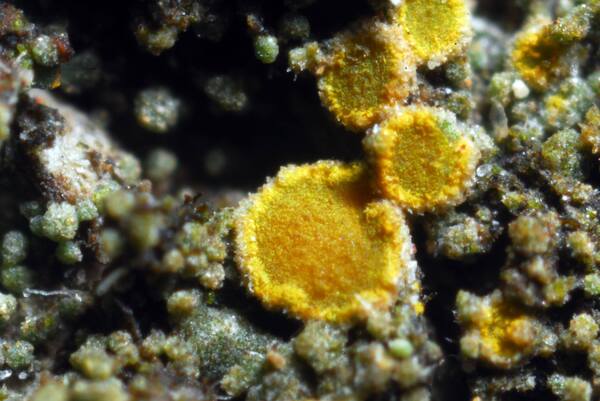
Domenico Puntillo - CC BY-SA 4.0
Italy, Calabria, Reggio Calabria, Museo Archeologico di Monasterace Marina ; altitude: 10 m.
Herbarium: CLU 17180
07.09.2014
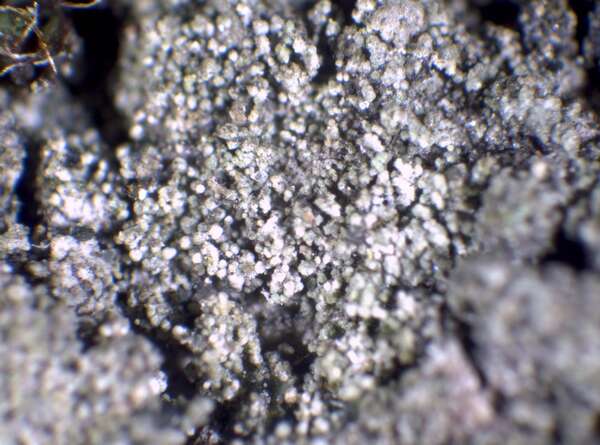

P.L. Nimis; Owner: Department of Life Sciences, University of Trieste
Herbarium: TSB (21194)
2002/05/13
sterile thallus
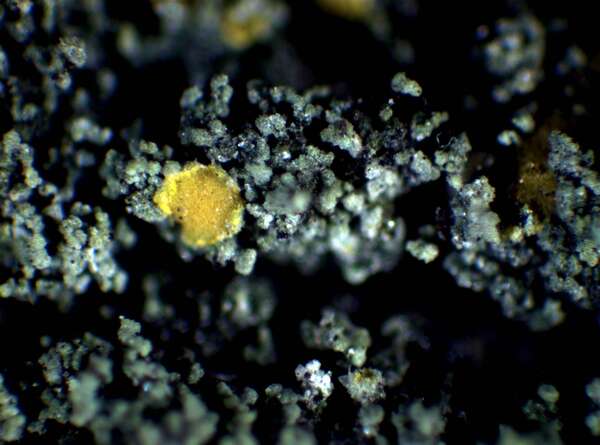

P.L. Nimis; Owner: Department of Life Sciences, University of Trieste
Herbarium: TSB (31498)
2001/11/19
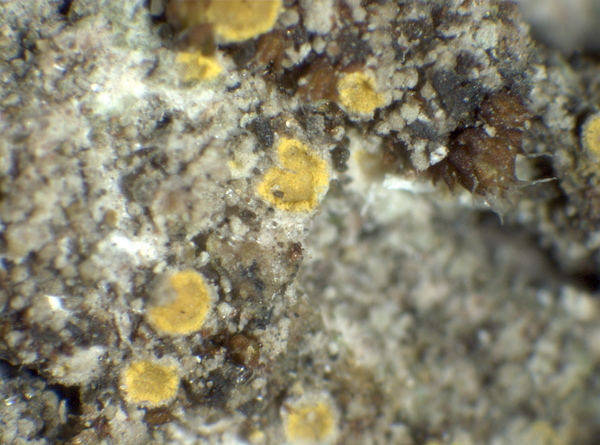

P.L.Nimis; Owner: Department of Life Sciences, University of Trieste
Herbarium: TSB (22922)
2008.03.03
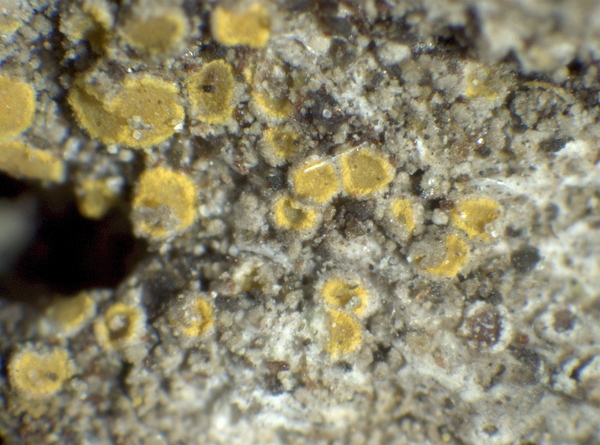

P.L.Nimis; Owner: Department of Life Sciences, University of Trieste
Herbarium: TSB (22922)
2008.03.03
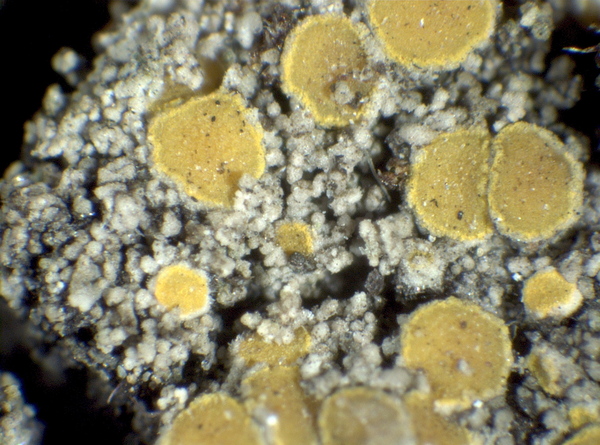

P.L.Nimis; Owner: Department of Life Sciences, University of Trieste
Herbarium: TSB (21119)
2008.03.03
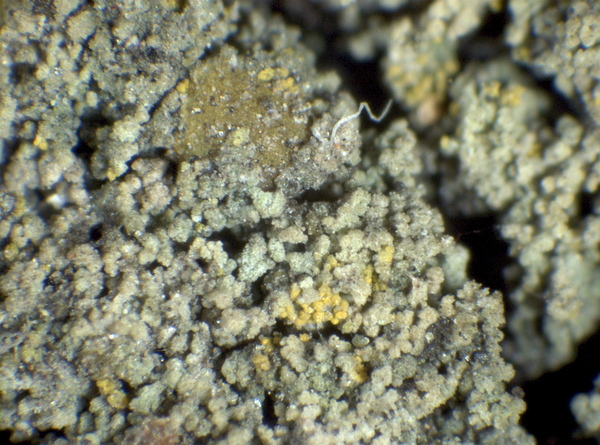

P.L.Nimis; Owner: Department of Life Sciences, University of Trieste
Herbarium: TSB (31698)
2008.03.03
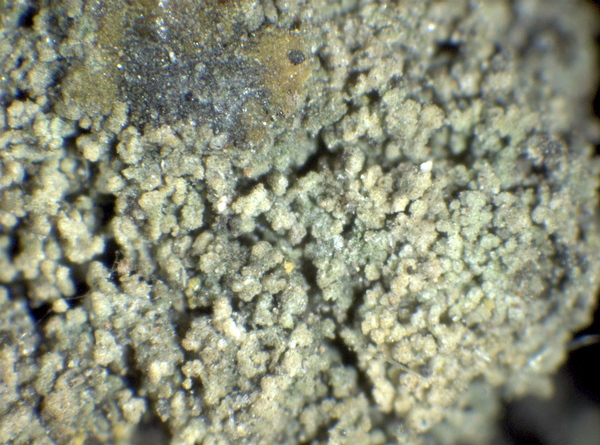

P.L.Nimis; Owner: Department of Life Sciences, University of Trieste
Herbarium: TSB (31698)
2008.03.03
Growth form: Crustose
Substrata: bark
Photobiont: green algae other than Trentepohlia
Reproductive strategy: mainly asexual, by isidia, or isidia-like structures (e.g. schizidia)
Commonnes-rarity: (info)
Alpine belt: absent
Subalpine belt: absent
Oromediterranean belt: absent
Montane belt: absent
Submediterranean belt: very rare
Padanian area: extremely rare
Humid submediterranean belt: very rare
Humid mediterranean belt: very rare
Dry mediterranean belt: absent

Predictive model
| Herbarium samples |

Domenico Puntillo - CC BY-SA 4.0
Italy, Calabria, Reggio Calabria, Museo Archeologico di Monasterace Marina ; altitude: 10 m.
Herbarium: CLU 17180
07.09.2014


P.L. Nimis; Owner: Department of Life Sciences, University of Trieste
Herbarium: TSB (21194)
2002/05/13
sterile thallus


P.L. Nimis; Owner: Department of Life Sciences, University of Trieste
Herbarium: TSB (31498)
2001/11/19


P.L.Nimis; Owner: Department of Life Sciences, University of Trieste
Herbarium: TSB (22922)
2008.03.03


P.L.Nimis; Owner: Department of Life Sciences, University of Trieste
Herbarium: TSB (22922)
2008.03.03


P.L.Nimis; Owner: Department of Life Sciences, University of Trieste
Herbarium: TSB (21119)
2008.03.03


P.L.Nimis; Owner: Department of Life Sciences, University of Trieste
Herbarium: TSB (31698)
2008.03.03


 Index Fungorum
Index Fungorum
 GBIF
GBIF
